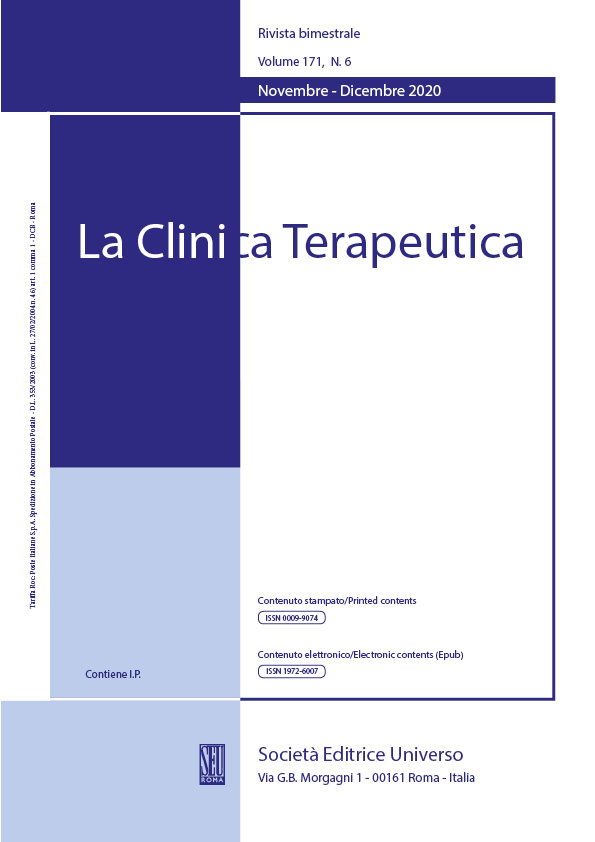Abstract
Background : Class II malocclusion is one of the most common malocclusion with varied prevalence. Functional therapy with appliances like Twin Block or Fixed functional appliances forms the mainstay of treatment in growing Class II patients. These patients might demonstrate narrow airway due to the retrognathic position of the mandible. This study investigated the effects of twin block and fixed functional appliance therapy (Forsus™ FRD) on the pharyngeal airway space in skeletal Class II patients.
Methods: Forty patients with Class II malocclusion were selected and divided into two equal groups of 20 patients each for both Twin block and Forsus group. Lateral cephalograms were obtained before and after the functional appliance therapy. Evaluation was done for changes in hyoid bone position, pharyngeal airway dimensions and tongue position. Paired t-test was used for evaluating pre to post-treatment changes. Comparison of the two groups was done using unpaired t-test.
Results: The variables of the study showed that the hyoid bone was positioned favorably because of increase in variables of antero-posterior dimensions and in vertical dimensions. Furthermore, there was an upward movement of hyoid bone towards the mandible.
Conclusion: Both the twin block and Forsus™ FRD improved the position of the hyoid bone after the functional appliance therapy however the changes were not statistically significant. Twin block and Forsus™ had similar effect on the hyoid bone position, pharyngeal dimensions and the tongue position.
